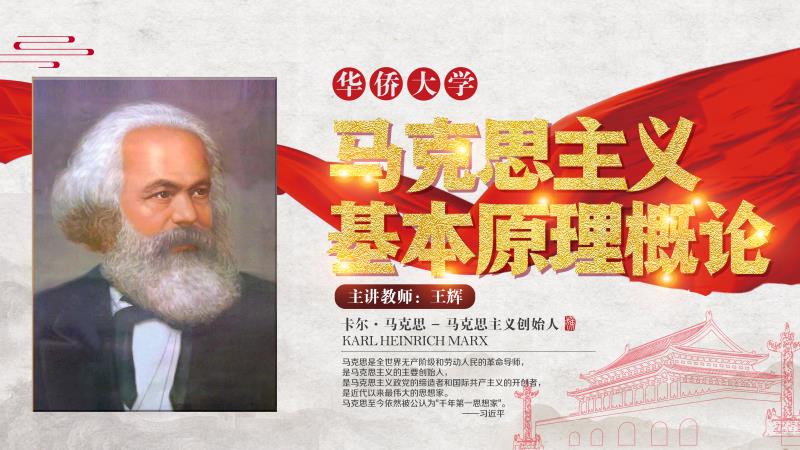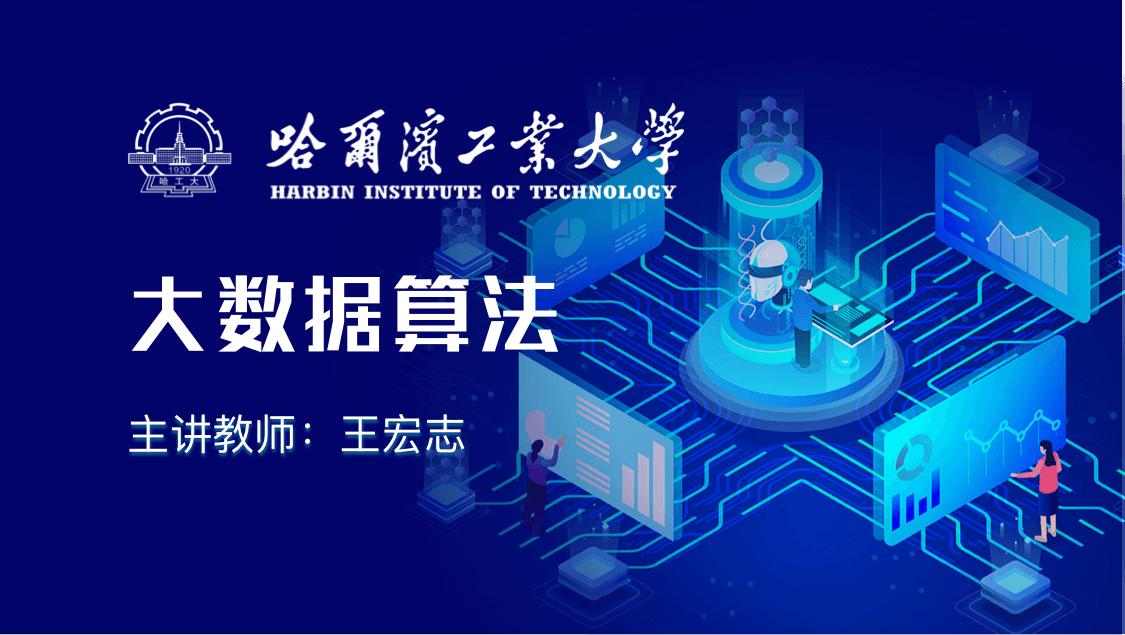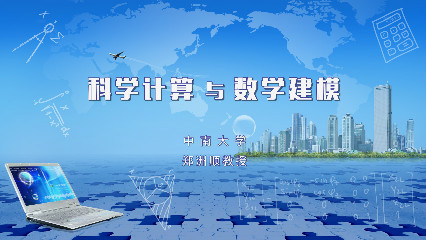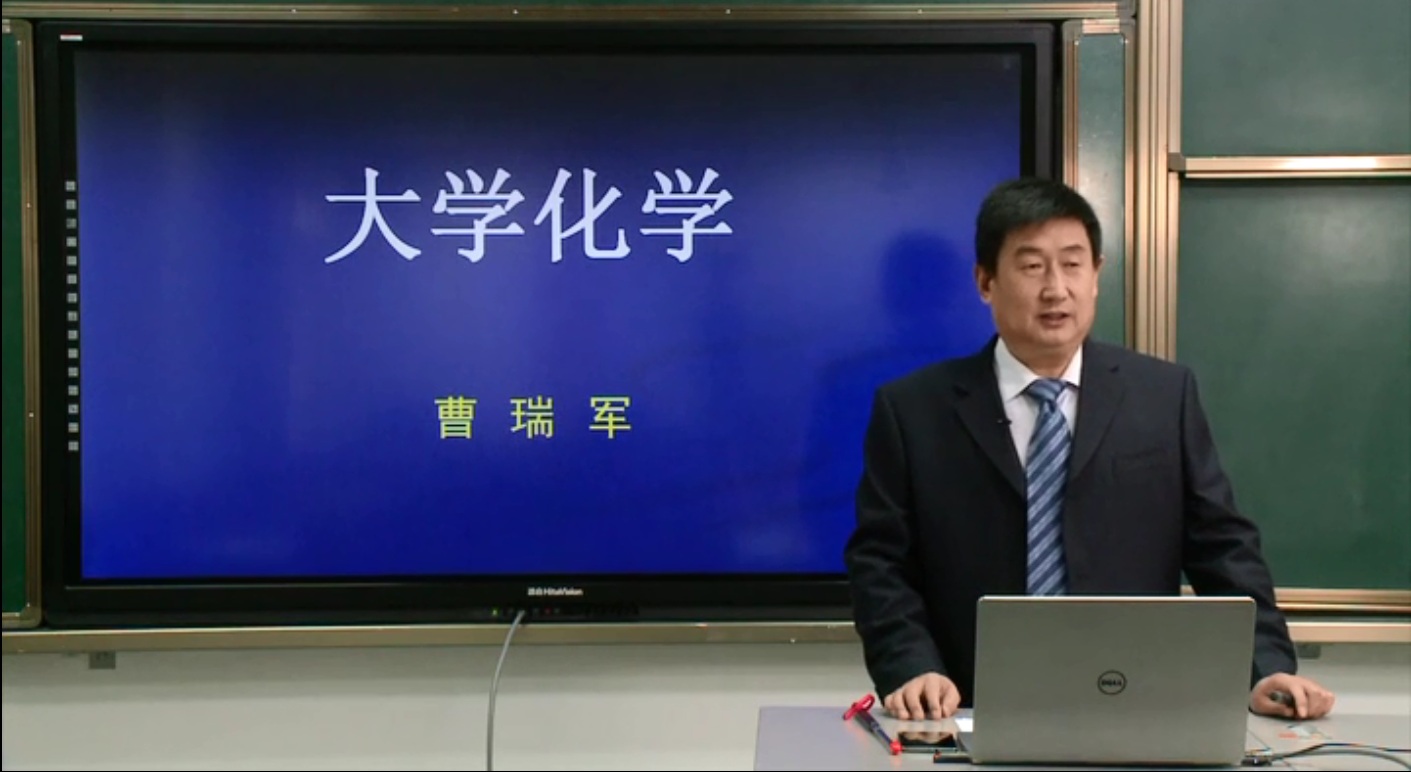
当前课程知识点:Traditional Chinese Medicine > Chapter 10 Common Diseases > Section 2 Headache > Headache
返回《Traditional Chinese Medicine》慕课在线视频课程列表
返回《Traditional Chinese Medicine》慕课在线视频列表
Hello everyone
Previously
we studied how to recognize and treat the cold disease
For today we are going to talk about another common disease
headache
Headache is a very common disease along the clinic
A lot of people care about how to treat this disease
and how to relieve the pain in head
Headache is a condition that is manifested by pain in head
It may appear by itself or in the course of many acute or chronic diseases
Many diseases in terms of western medicine
such as hypertension
hemicrania
vascular headache
trigeminal neuralgia
with headache may be differentiated
and treated with reference this section
Externally because of abrupt
climatic change
irregular life style
sitting or sleeping in the wind
or living in a cold-damp environment
one is likely to be attacked by the external pathogenic factors
Wind
cold
heat
and dampness pathogens invade from the superficies of body
to the meridians and collaterals
and move further upward to the top of the head
Then induce the obstruction of clear yang
Furthermore
the unsmooth flow of qi and blood
as well as the blocking of vessels and collaterals result in headache
Internally deficiency of kidney essence
emotional impairment
and dysfunction of spleen
all can result in the blocking of vessels and collaterals
stagnation of qi and stasis of blood
Further
induce the blockage or insufficient supply of nutrients
Then headache may happen
According to the external and internal pathogenic factors
the syndrome differentiation of headache includes
external contraction syndrome
and internal damage syndrome
For the external contraction syndrome
external wind cold heat
or dampness pathogens
may invade the superficies
then induce the clear yang failing to ascend
The headache patient caused by wind-cold pathogen
may have the symptoms and signs
such as headache with sudden onset
aversion to wind and cold
nasal obstruction
thin and white coating
as well as floating and tense pulse
For treating the headache with wind and cold
the therapeutic principle of dispersing wind and dissipating cold
is usually used clinically
Chuan Xiong Cha Tiao Powder can be selected to disperse the wind
and dissipate cold
then relieve headache
Acupuncture is a good way to relive the pain of head
ST 8 and GV 20 can be selected as the acupoints
to be stimulated using needles
This stimulation in the acupoints can help to expel wind-cold pathogen
as well as to relive the tension and pain of head
The patient with wind-heat attacked
may have distending pain in the head
aversion to heat
flushed face
thirst
with desire to drink
red tongue with thin and yellowish coating
as well as floating and rapid pulse
The therapeutic principle for headache caused by wind-heat
should be disperse wind and clearing heat
Sang Ju Decoction is usually picked to treat the headache
by dispersing wind and clearing heat
For the patient attacked by wind-dampness
the symptoms include headache as if wrapped by something
heavy trunk and limbs
poor appetite
whitish and greasy coating
and the pulse should be soft and floating
Expelling wind and eliminating dampness is usually used
to treat the headache caused by wind and dampness
Qiang Huo Sheng Shi Decoction is
clinically used
to help the body to expel the wind and dampness
out of the body
then relieve the pain of the head
Whatever the type of the pathogen is
all the patients with external contraction syndrome
are suggested to press acupoint
as the picture shows
This will be very helpful to relieve the pain
Compare with external syndrome
the Internal damage syndrome usually caused by
the disorder of internal organs or emotions
then induce to deficiency of essence
qi and blood as well as
blood stasis
The clinical manifestations of deficiency syndrome may be as follows
chronic headache
dizziness
weakness
insomnia
pale tongue and weak pulse
For the deficiency syndrome patient
tonifying and nourishing essence
qi and blood is the basic therapeutic principle
Ba Zhen Decoction is commonly used to improve the headache
This formula can relieve the headache which is deficiency by
increasing qi and blood for the patient
And because the qi and blood are difficult to be increased
it will take a relative long time to be cured
Acupoints GV 20 and SP 6
can be selected to be stimulated
to improve the deficiency syndrome
If the headache is caused by static blood
the patient may have the symptoms and signs
like lasting headache
aggravated at night
purple spotted tongue and thready pulse
All the symptoms
tongue and pulse are mainly caused by static blood
Therefore
to relieve the headache
the doctor needs to activate the circulation of blood
by using Chinese herbs
Usually
Tong Qiao Huo Xue Decoction can be selected to treat the disease
This formula is composed with Chinese herbs
with the function of promoting the circulation of blood
So
the formula can relieve the head pain by removing the static blood
For the static blood syndrome
acupuncture can be carried out for the headache patient
Commonly
acupoints LR 3 and SP 10 are selected to promote
the circulation of blood
by stimulating the qi inside meridian
To sum up
we have talked about the concept
pathogenesis
syndrome differentiation
clinical manifestations
therapeutic principle and therapeutic formula of headache
Therefore
if we have patient with headache
we should check the patient first
including symptoms
tongue pulse etc
then analyze the information from the checking to make a diagnosis
Comply the therapeutic principles and make a
prescription for the patient
This is a whole process to deal with the patient in clinic
OK that’s all for today
I’ll see you in next class
-Section 1 General Introduction
--General Introduction
-Section 2 Basic Characteristics of TCM
--Basic Characteristics of TCM
--Basic Characteristics of TCM
-Section 1 Unity of Qi
--Unity of Qi
-Section 2 Yin-Yang Theory
--Yin-Yang Theory
-Section 3 Five-Element Theory
--Five-Element Theory
-Section 1 Overview of Visceral Manifestation
--Overview of Visceral Manifestation
--Overview of Visceral Manifestation
-Section 2 Five Zang Organs
--Five Zang Organs
-Essence, Qi, Blood and Body Fluid
--Essence, Qi, Blood and Body Fluid
--Essence, Qi, Blood and Body Fluid
-Section 1 Etiology of TCM
--Etiology of TCM
-Section 2 Pathogenesis of TCM
--Pathogenesis of TCM
-Section 1 Inspection of Tongue
--Inspection of Tongue
-Section 2 Pulse Taking
--Pulse Taking
-Section 1 Syndrome Differentiation
--Syndrome Differentiation
-Section 2 Therapeutic Principles and Methods
--Therapeutic Principles and Methods
--Therapeutic Principles and Methods
-section 1 four natures and five flavors
--four natures and five flavors
--dicussion of four natures and five flavors
-section 2 four directing actions of chinese medicinal herbs
--four directing actions of chinese medicinal herbs
--discussion works
-section 3 compatibilities of chinese medicinal herbs
--compatibilities of chinese medicinal herbs
--discussion works
-section4 diaphretics
--works
-section5 Interior Warming Chinese Medicinal Herbs
--Interior Warming Chinese Medicinal Herbs
--works
-section6 restorative Chinese Medicinal Herbs
--Restorative Chinese Medicinal Herbs
--works
-section 1 general intorduction of prescription
--general intorduction of prescription
--discussion works
-section 2 Prescriptions for Relieving Exterior Syndromes
--Prescriptions for Relieving Exterior Syndromes
--works
-section 3 prescription for Warming the Interior
--prescription for Warming the Interior
--discussion works
-section4 tonic prescription--Prescriptions for invigorating qi
--tonic prescription---Prescriptions for invigorating qi
--discussion works
-section5 tonic prescription--prescriptions for nourishing blood and nourishing yin
--prescriptions for nourishing blood and nourishing yin
--discussion works
-section6 peptic prescription
--discussion works
-Section 1 Cold
--Cold
--Cold
-Section 2 Headache
--Headache
--Headache
-Section 3 Stomachache
--Stomachache
-Section 4 Insomnia
--Insomnia
--Insomnia



